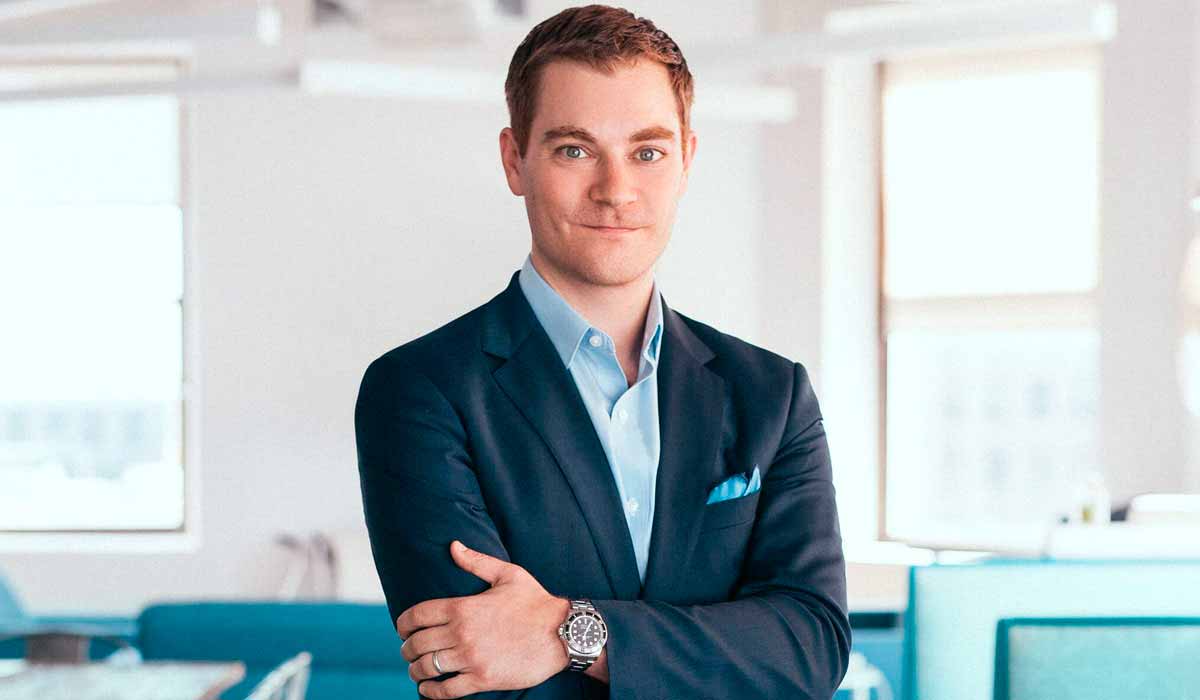Consumers may not know it, but they are likely interacting with Olo on a regular basis. The digital ordering and delivery platform boasts a clientele of 250-plus restaurant brands and 50,000 units. It started as a way to place a coffee order over text back when smartphones were just an idea on the drawing board. But, anticipating how consumer devices would change the retail experience, Noah Glass, founder and CEO, led the team to quickly build out an app-capable platform.
Fast-forward more than a dozen years, and the brand leads the restaurant industry in secure ordering. It also connects those operators to third-party delivery companies. QSR spoke with Glass about Olo’s development and where he thinks the restaurant business is heading.
Fortune told
I worked at Shutterfly as a summer intern, and that turned me on to how a new consumer device could change the retail experience. That was a big influence on me. Later when I was en route to Harvard Business School, I was asked to spend two years working and then return in fall 2005. I took a job with Endeavor, which was essentially a nonprofit model operating like a venture capital firm in emerging markets around the world.
During that experience, I saw a lot of interesting technology in the form of smartphone software, long before we called them apps. I had a deep conviction that we were all going to have smartphones in our pockets. I thought, once we do, it’s going to change the way that people interact with restaurants and coffee shops. That was the early kernel of an idea.
I started working with a team of engineers, and we built this very basic prototype. I showed it to an angel investor, somebody who was involved with Endeavor in South Africa, and he said, “I believe in you. If you believe in this idea enough to quit your job and tell Harvard Business School that you’re not going to show up in the fall, I will give you half a million dollars to fund a launch of this company.” It was a no-brainer for me. It felt like the right time in the world for this idea.
In application
We had to launch in an actual restaurant and take what was a very basic prototype and make it work in real life. This is mid-2005. At that time, it was actually under 5 percent of the market that had a smartphone. It was really Blackberry driven; people were using smartphones to send emails, not to use apps and certainly not to do transactions. This was just a communication device. It took many steps, including rethinking how consumers were going to order.
That’s actually what we first brought to market in November 2005, and it was comical. We had to explain to people, “Here’s how you send the text message.” It required somebody to go online and create an account, then link their phone and credit card to that account, and save their favorite orders in advance. Each of their favorite orders would get a one-digit code, and then if they wanted to order, they could text that code into our short code. And that would initiate the order. It was very clunky, but it was meant to showcase, “Here’s what is going to be possible in triggering a transaction from your device and then have a better, faster experience at the coffee shop or restaurant.”
We found it really worked with restaurants that had a lot of phone-ahead orders and weren’t collecting payment on those orders. It was a no-brainer for them from a marketing standpoint, but also operationally and financially.
Delivery dilemma
The vast majority of restaurant orders are take-out, drive thru, and delivery. The question of our time is, Will consumers choose to order through third-party marketplaces or will they choose to order directly with the restaurant? I think the answer is both, and the question is, What’s that split going to be?
Our job is to help our restaurants optimize for that future, and that means getting as many customers as they can to keep ordering directly through them, where they can have a profitable transaction. They should be making direct digital business priority No. 1, but they should also go where customers are. If consumers prefer to order through third-party marketplaces, our restaurants should list their menus there. It’s a great place to go to attract new customers, as long as you can keep things in order, coming directly into your point-of-sale system in a way that’s operationally systematized at the restaurant and not chaotic.
Our reputation is always to be on the brand side, helping the brand to better take advantage of this digital shift that’s happening in the industry.











